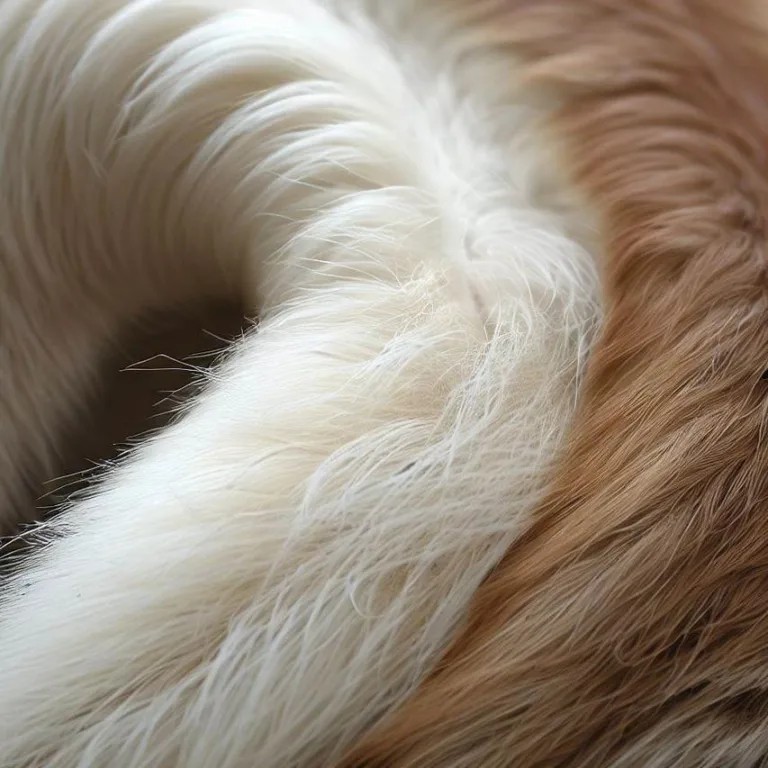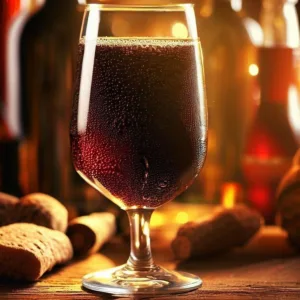Welcome to our comprehensive guide on Juhfark bor, a unique and cherished Hungarian wine variety that has been an integral part of the country’s winemaking heritage. In this article, we will delve into the rich history, distinct characteristics, and cultural significance of Juhfark bor. As we explore the nuances of this wine, we invite you to join us on a journey through the vineyards, cellars, and glasses that hold the essence of Juhfark bor.
The origins and legacy
Juhfark bor, also known as „Sheep’s Tail,” is a white grape variety primarily cultivated in the Hungarian wine region of Somló. This small yet significant region is renowned for its volcanic soils, which impart a unique mineral character to the wines produced here. The exact origins of the name „Juhfark” are shrouded in folklore, adding to the mystique of this variety.
The vineyard experience
Cultivating Juhfark grapes requires meticulous attention to detail and a deep understanding of the terroir. The vines thrive in Somló’s volcanic soil, which contributes to the wine’s distinct flavor profile. The grapes are harvested by hand, ensuring that only the finest fruit makes its way to the cellar. The combination of the region’s microclimate and volcanic soil imparts a rare complexity to Juhfark bor.
Tasting notes and aromas
Juhfark bor is celebrated for its bold and full-bodied nature. When poured into a glass, it often boasts a pale yellow hue, hinting at the wine’s elegance. On the nose, expect a bouquet of aromas ranging from ripe fruits like pear and apricot to hints of floral and herbal notes. A sip reveals a harmonious interplay of acidity and minerality, followed by a long and memorable finish.
Gastronomic pairings
The versatility of Juhfark bor makes it a delightful companion to an array of culinary delights. Its well-balanced acidity and complexity allow it to stand up to rich dishes like roasted poultry, grilled seafood, and creamy pastas. For a quintessentially Hungarian experience, consider pairing Juhfark bor with traditional dishes such as goulash and hearty stews.
The cultural significance
Beyond its enological qualities, Juhfark bor holds cultural significance in Hungary. It has become a symbol of the country’s winemaking heritage, cherished by both locals and wine enthusiasts around the world. Many winemakers in the Somló region are committed to preserving the traditions associated with Juhfark bor while also experimenting with modern techniques to showcase its full potential.
Frequently Asked Questions (FAQs)
Q: How is Juhfark bor different from other white wines?
A: Juhfark bor stands out due to its origins in the volcanic terroir of Somló, which imparts unique mineral and acidity characteristics. This sets it apart from other white wines grown in different regions.
Q: Can I age Juhfark bor?
A: Absolutely! Juhfark bor has excellent aging potential. Over time, it develops more complex flavors and a smoother texture, making it a rewarding choice for collectors and enthusiasts who appreciate aged white wines.
Q: Is Juhfark bor a rare wine?
A: Yes, Juhfark bor is relatively rare due to its limited cultivation in the Somló region. Its exclusivity adds to its allure, making it a sought-after gem among wine connoisseurs.
Q: Can I visit the Somló region to taste Juhfark bor?
A: Absolutely! Many wineries in the Somló region offer tastings and tours where you can experience the beauty of the vineyards, learn about the winemaking process, and savor the unique flavors of Juhfark bor firsthand.
As we conclude our journey through the world of Juhfark bor, we hope this article has provided you with a deeper understanding of its history, characteristics, and cultural significance. Whether you’re a seasoned wine enthusiast or a curious beginner, exploring the nuances of Juhfark bor is a delightful endeavor that offers a taste of Hungary’s winemaking excellence.
Vezi și:






